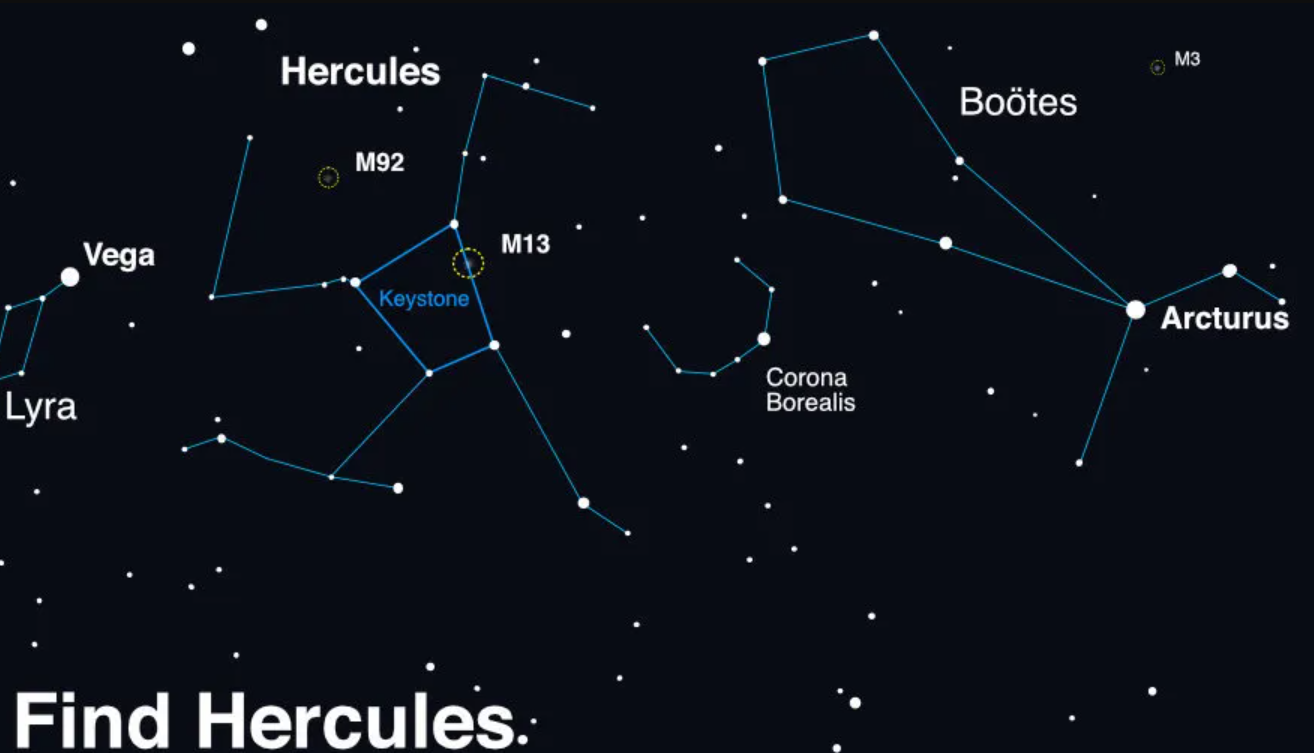‘Once-in-a-lifetime’ cosmic event to appear in night sky after star explodes
The T Coronae Borealis, or Blaze Star, will appear as an extremely bright object in the night sky in the coming days
Your support helps us to tell the story
From reproductive rights to climate change to Big Tech, The Independent is on the ground when the story is developing. Whether it's investigating the financials of Elon Musk's pro-Trump PAC or producing our latest documentary, 'The A Word', which shines a light on the American women fighting for reproductive rights, we know how important it is to parse out the facts from the messaging.
At such a critical moment in US history, we need reporters on the ground. Your donation allows us to keep sending journalists to speak to both sides of the story.
The Independent is trusted by Americans across the entire political spectrum. And unlike many other quality news outlets, we choose not to lock Americans out of our reporting and analysis with paywalls. We believe quality journalism should be available to everyone, paid for by those who can afford it.
Your support makes all the difference.After travelling 3,000 years through the galaxy, light from an exploding star will soon appear in our night sky, in what astronomers say is a “once-in-a-lifetime” cosmic event.
First spotted more than 800 years ago, the T Coronae Borealis nova – also known as the Blaze Star – has not been seen since 1946.
It is not possible to accurately predict the exact date that T CrB (pronounced tee-core-bore) will be visible in the night sky, though astronomers say it will appear as an extremely bright star that will be difficult to miss with the naked eye within the next few days or weeks.
The bright light is a result of a recurring thermonuclear explosion taking place within the binary star system, consisting of a red giant star and an Earth-sized white dwarf that has a mass comparable to that of our Sun.
The gravity from the white dwarf pulls in the hydrogen from the red giant, causing pressure and heat to build until a massive explosion occurs.
“It’s a once-in-a-lifetime event that will create a lot of new astronomers out there, giving young people a cosmic event they can observe for themselves, ask their own questions, and collect their own data,” said Dr. Rebekah Hounsell, an assistant research scientist specialising in nova events at Nasa’s Goddard Space Flight Center in Greenbelt, Maryland.
“There are a few recurrent novae with very short cycles, but typically, we don’t often see a repeated outburst in a human lifetime, and rarely one so relatively close to our own system. It’s incredibly exciting to have this front-row seat.”

The nova event will be visible for around a week around the Hercules constellation, which can be best found using a dedicated astronomy app on a smartphone or tablet.
Nasa scientists said the appearance of the rare celestial spectacle could help inspire the next generation of astronomers and scientists.
The nova will also provide a unique opportunity to study the structure and dynamics of stellar explosions.
“Typically, nova events are so faint and far away that it’s hard to clearly identify where the erupting energy is concentrated,” said
“This one will be really close, with a lot of eyes on it, studying the various wavelengths and hopefully giving us data to start unlocking the structure and specific processes involved.”
Join our commenting forum
Join thought-provoking conversations, follow other Independent readers and see their replies
Comments